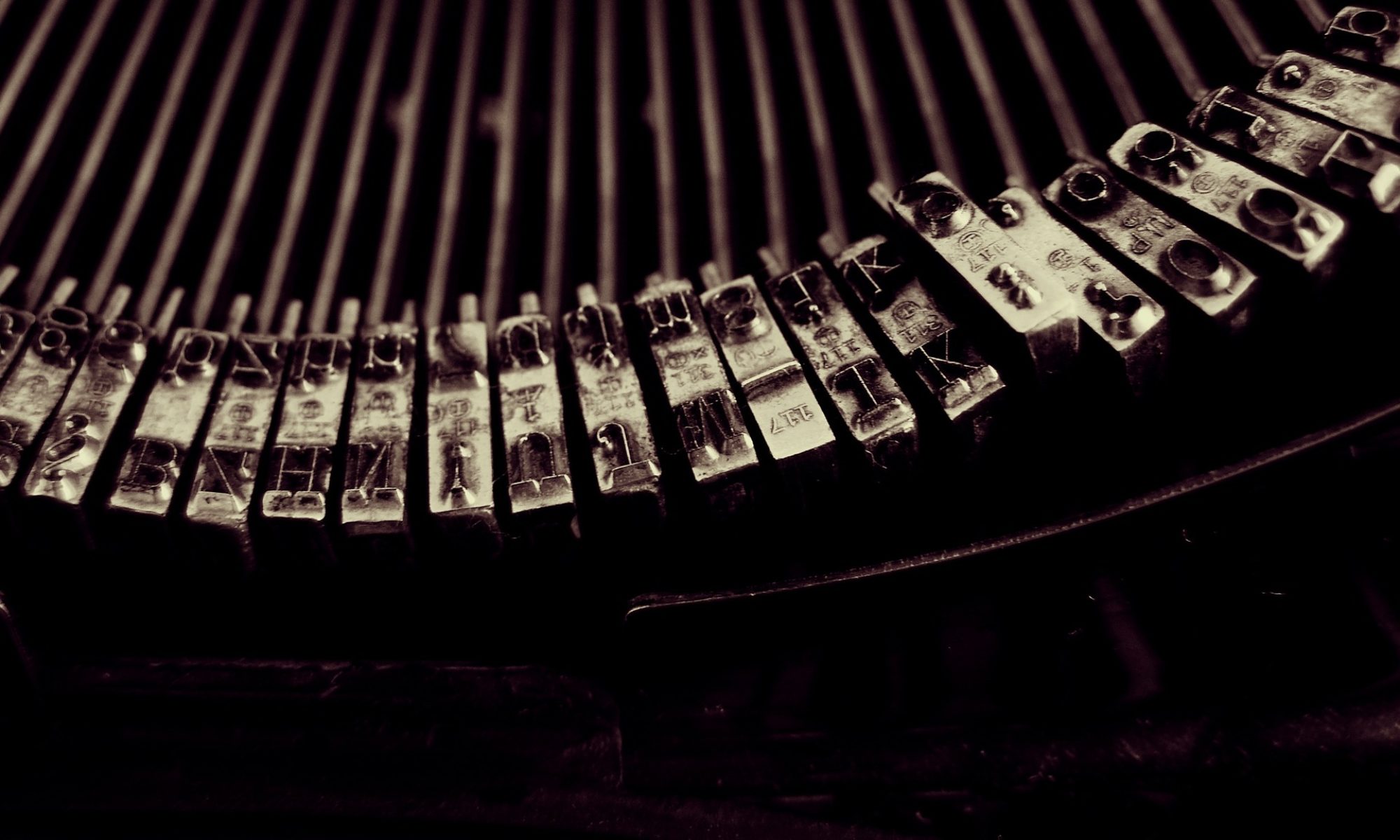
Day 19 – A Watercolorist’s Journal
It is the first marks that often have the most life. Practice strokes made in a hurry, round and round, while the brush is far too wet. Heedless drips, drops, and C-curves. Liquid whirlpools, leaping remainder-marks from brush cleanings and color trials. A scrap of paper cast aside. Wholly unofficial. Nothing.
But later, there it slips from the spiral-bound pages. And there they are, the pirouettes and sashays, soft pink asymmetry of a traveling ballet slipper. Still nothing. Not quite bud or petal. Too unintentional to be abstract art. But there is something there, within the nothingness. Some pure gesture and movement, unfurled from the brush like a banner and waved aloft, free of all expectations.









